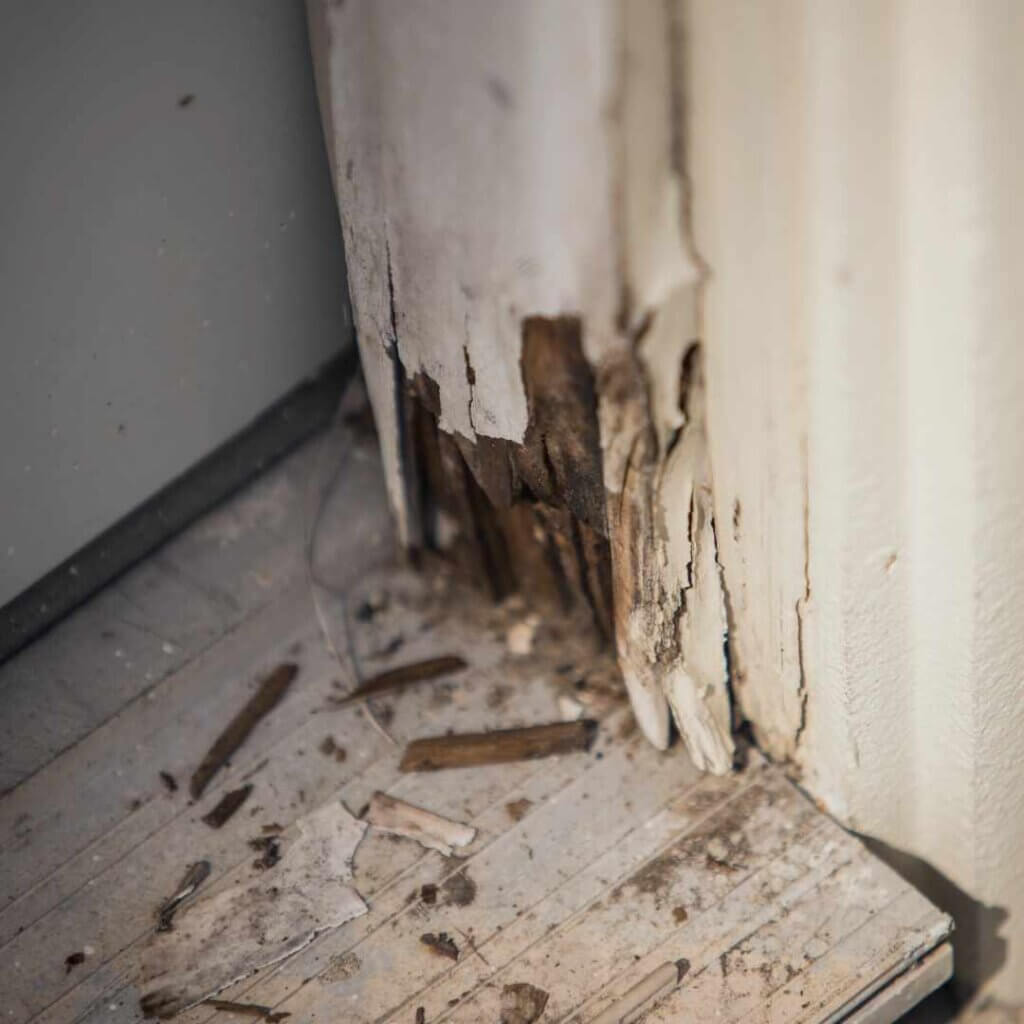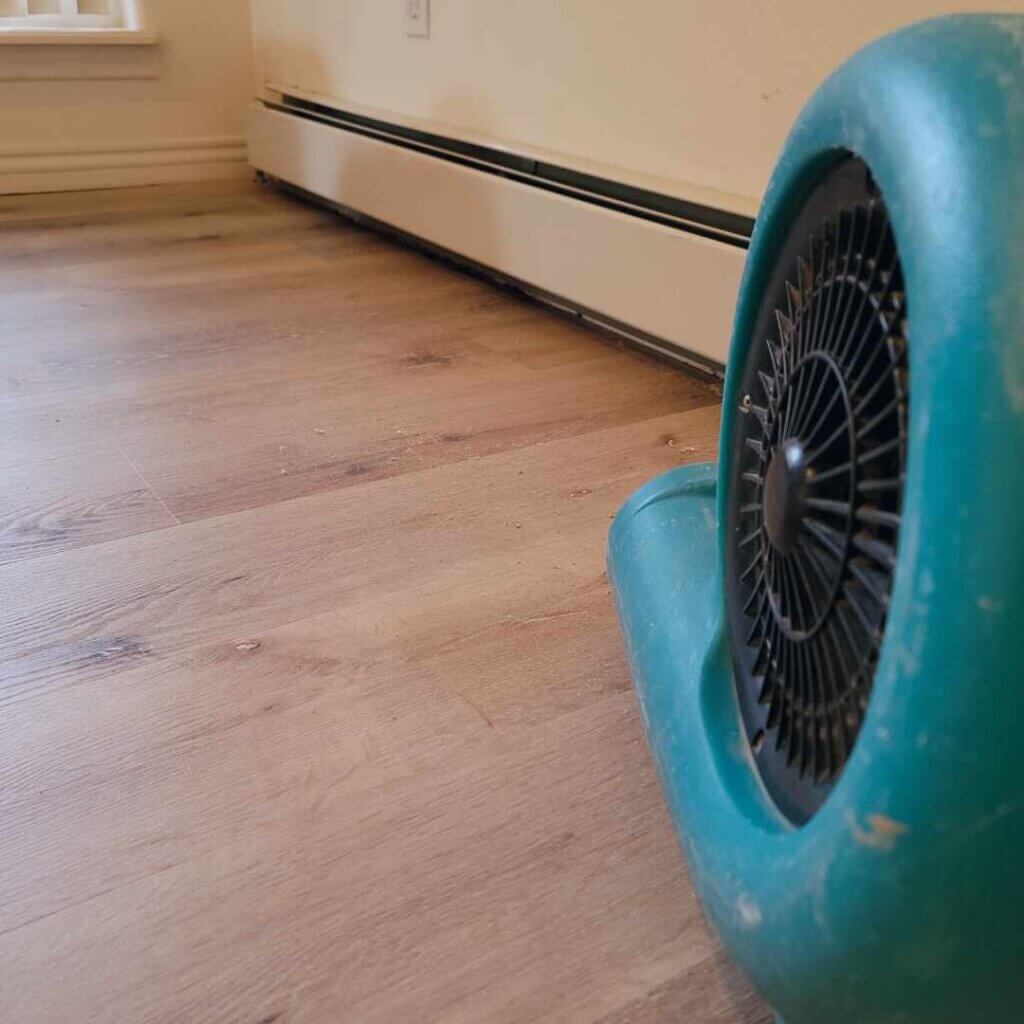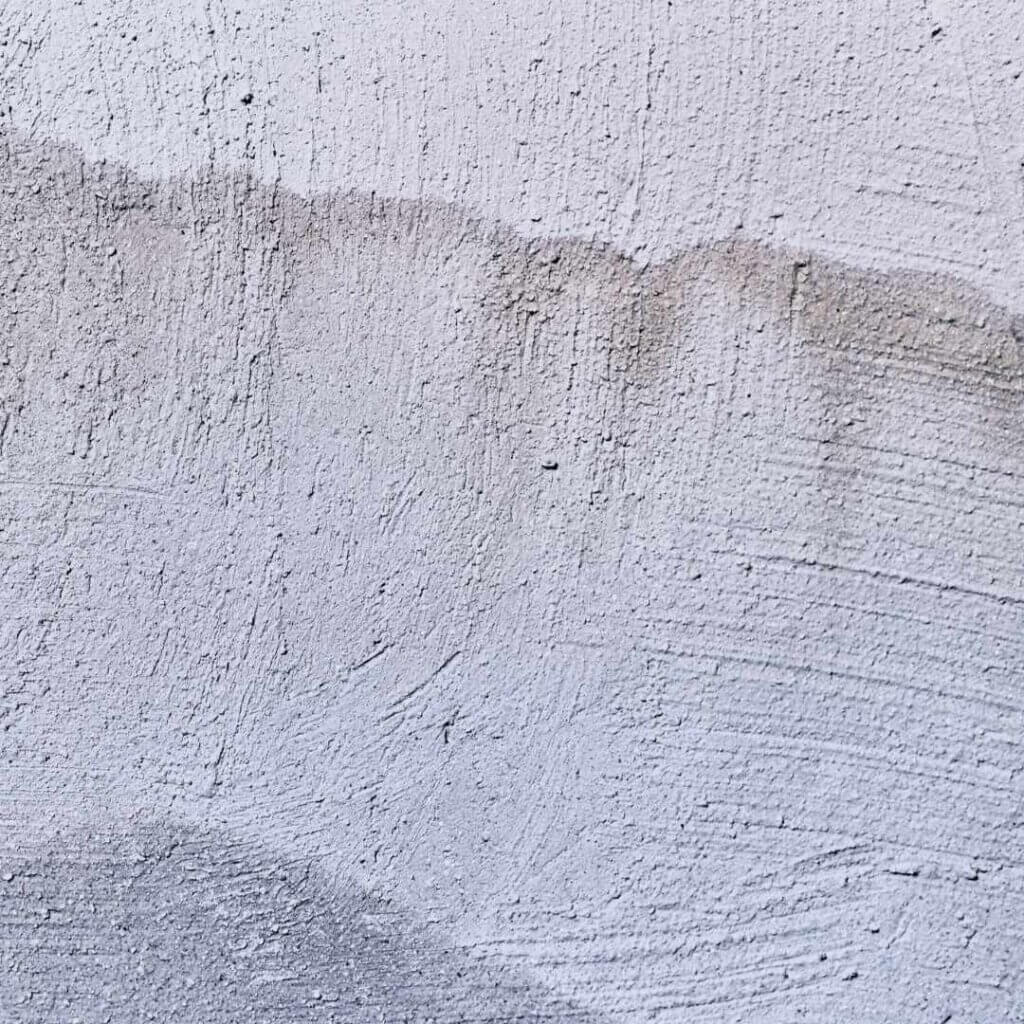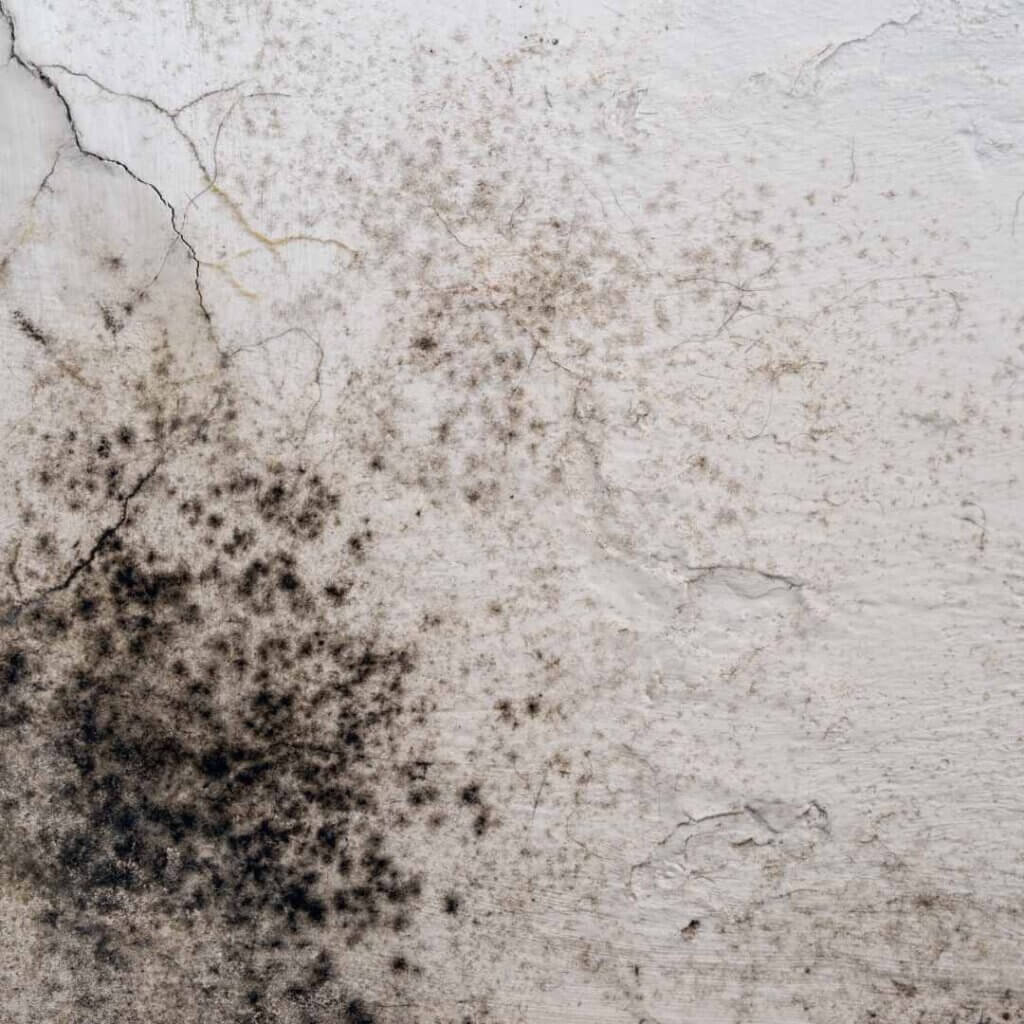10 Water Damage Restoration Steps After Water Damage in a Property
10 Water Damage Restoration Steps After Water Damage in a Property
Summary
Water damage, whether from a burst pipe, roof leak, or natural disaster, necessitates immediate and effective restoration. Key steps include ensuring safety, documenting damage, removing standing water, drying affected areas, inspecting for mould, cleaning and disinfecting, addressing electrical and HVAC systems, verifying insurance, and taking preventive measures. Proper restoration minimises long-term impacts and restores the property to its original condition. In cases of extensive damage, contamination, mould growth, structural damage, or time constraints, hiring professionals like AllAces Cleaning & Restoration is recommended.
Water damage can be a devastating experience for any property owner or tenant. Whether it’s due to a burst pipe, a leaking roof, or a natural disaster, the aftermath of water damage requires immediate attention and proper water damage restoration. Acting quickly and following the right water damage restoration steps can help minimise further damage and ensure a successful restoration process. In this blog post, we will outline the essential steps for water damage restoration after water damage occurs in a property.
1. Ensure Safety
The first and most crucial step is to prioritise safety. Before entering the water-damaged area, make sure the power supply is turned off to prevent electrical hazards. Wear protective gear such as gloves, boots, and a face mask to avoid contact with contaminated water or mould growth.
Water damage caused by floodwater can be exceptionally dangerous as the water may carry dangerous bacteria and other contaminants. When a flood occurs, water can become contaminated with sewage, chemicals, debris, and various microorganisms. This contaminated water poses significant health risks to individuals who come into contact with it.
Floodwater can contain harmful bacteria such as E. coli, Salmonella, and Leptospira, which can cause gastrointestinal illnesses and infections. Additionally, floodwater may contain viruses, parasites, and fungi that can lead to respiratory issues, skin infections, and other health problems.
It’s important to understand that floodwater is considered highly unsanitary and should be treated with extreme caution. Direct contact with floodwater can lead to infections through open wounds, ingestion, or inhalation of contaminated droplets or aerosols. Even if the water appears clear, it may still contain harmful bacteria and chemicals.
2. Document the Damage
Before starting the water damage restoration process, document the extent of the water damage by taking photographs or videos. This documentation will be helpful for insurance claims and can serve as evidence of the damage for future reference.
3. Extract Standing Water
Standing water can cause significant damage to the property’s structure and promote the growth of mould and mildew. Use a submersible pump, wet/dry vacuum, or mop and buckets to remove the standing water as quickly as possible. Be thorough and ensure all water is extracted from carpets, furniture, and other affected areas. This step is extremely important for effective water damage restoration.
4. Dry the Area
After removing the standing water from the water damage restoration process, focus on drying out the affected area. Open windows and doors to increase ventilation and use fans and dehumidifiers to circulate air and speed up the drying process. Remove any wet carpets, furniture, or other items that cannot be salvaged or may hinder the drying process.
5. Inspect for Mould Growth
Moisture from water damage creates an ideal environment for mould growth. For step 5 of water damage restoration, inspect the affected areas for any signs of mould, such as a musty odour, discolouration, or visible mould growth. If mould is present, consult with a professional mould remediation specialist to ensure safe and effective removal.
6. Clean and Disinfect
Once the area is dry and free of mould, thoroughly clean and disinfect all surfaces and objects that came into contact with the water. Use a mild detergent and water solution or consult with a professional water restoration company for specialised cleaning products, especially if the water damage was caused by floodwaters. This step of water damage restoration is crucial to prevent bacterial or microbial contamination.
7. Restore or Replace Damaged Materials
Assess the damage to building materials, such as drywall, flooring, and insulation. Depending on the extent of the damage, some materials may need to be restored, while others may require complete replacement. Consult with a professional contractor to determine the best course of action during this stage of water damage restoration.
8. Address Electrical and HVAC Systems
Water damage can compromise electrical and HVAC (Heating, Ventilation, and Air Conditioning) systems. It is essential during water damage restoration to have these systems inspected by a qualified electrician and HVAC technician before reactivating them. Water exposure can cause electrical shorts and damage to HVAC components, leading to potential safety hazards if not addressed properly.
9. Verify Insurance Coverage
Contact your insurance provider and report the water damage immediately. Provide them with the documentation you gathered in step 2 and follow their instructions for filing a claim. Keep records of all communications and receipts for any expenses related to the water damage restoration process.
10. Prevent Future Water Damage
After completing the water damage restoration process, take steps to prevent future water damage. Regularly inspect your property for any signs of leaks, ensure proper drainage around the building, and maintain gutters and downspouts to direct water away from the foundation. Consider installing water detection devices and an automatic shut-off valve to mitigate potential water damage risks.
Water damage restoration is a multi-step process that requires prompt action and attention to detail. By following these steps, property owners can minimise the long-term effects of water damage and restore their property to its pre-damaged condition. However, it’s important to note that severe water damage may require professional assistance from restoration companies with specialised equipment and expertise.
When to Hire Professional Water Damage Restoration Services
Hiring professional water damage restoration services is highly recommended in various situations to ensure a thorough and efficient restoration process. Here are some instances when it is advisable to hire professionals:
Extensive Water Damage: If the water damage is extensive and affects a large area or multiple rooms in your property, it is best to seek professional help. Professionals have the necessary equipment, expertise, and manpower to handle large-scale restoration projects effectively.
Category 2 or Category 3 Water Damage: Water damage is categorized based on the level of contamination. Category 1 refers to clean water, while Category 2 and Category 3 involve varying degrees of contamination. If the water damage involves sewage backups, contaminated sources, or has been present for an extended period, it falls under Category 2 or Category 3. In such cases, professional water damage restoration services are crucial to properly handle hazardous contaminants and ensure thorough sanitisation.
Mould Growth: If you discover mould growth as a result of water damage, it is highly recommended to hire water damage restoration professionals. Mould can spread rapidly and pose health risks to occupants of the property. Professionals have the necessary expertise to assess the extent of mould growth, safely remove it, and prevent further spread or recurrence.
Structural Damage: Water damage can compromise the structural integrity of your property. If you notice significant damage to walls, ceilings, floors, or other structural components, professional water damage restoration services are essential. They can assess the structural damage, recommend appropriate repairs, and ensure the affected areas are properly restored to their pre-damaged condition.
Time Sensitivity: Water damage restoration requires prompt action to prevent further damage and mitigate the risk of mould growth. If you are unable to initiate the restoration process immediately or lack the time and resources to do it effectively, it is advisable to hire professionals. They can respond quickly and efficiently, minimising the potential long-term consequences of water damage.
Why Choose AllAces?
From floodwaters to leaking dishwashers, AllAces Cleaning & Restoration provides effective water damage restoration solutions across Brisbane, the Sunshine Coast, Gold Coast, Northern NSW, Sydney, and Greater Melbourne. Our certified and highly experienced teams work hard to deliver an unrivalled service. Offering 24/7 support for emergencies, you can be confident that AllAces will be there when you need us to dry, restore and sanitise your property.
Contact us on 1800 00 10 10 for any further information.
FAQs
What are the dangers of water damage?
Water damage can lead to mould growth, structural damage, and electrical hazards. It can also damage personal belongings, leading to costly repairs or replacement. In addition, standing water can be a breeding ground for bacteria and other harmful microorganisms.
What causes water damage?
Water damage can be caused by a variety of factors, such as natural disasters like floods and storms, plumbing leaks, appliance malfunctions, and poor drainage systems. It can also be caused by human error, such as leaving a faucet running or forgetting to turn off a water supply valve.
What are the signs of water damage?
Signs of water damage include water stains, peeling or bubbling paint or wallpaper, warped or buckled flooring, musty odours, and visible mould or mildew growth. In addition, sudden increases in water bills or decreased water pressure can also indicate a potential water damage issue.




